The sweetest compliment I ever received on my cooking was prompted by these deviled eggs. I was catering an art opening, and I overheard an older gentleman I didn’t know talking to his friend, also an older gentleman. “HOLY COW! THESE ARE THE BEST DEVILED EGGS I’VE EVER PUT IN MY MOUTH!” Yes, he was shouting. And I could be wrong, but I judged him to be at least 90. From the loud conversation that followed, I gather both he and his friend had eaten a fair number of deviled eggs for comparison. Between the two of them they polished off a dozen, at least.

I know some people think deviled eggs are a pain-in-the-hiney to make, but I’ve got it down to a science. Here’s what I know:
Eggs that are too fresh don’t peel nicely. To ensure perfectly-peeled deviled eggs, I buy fresh eggs the day before I plan to make them, and I leave them out on the counter overnight to cure before boiling them. No, this isn’t dangerous, and, yes, it always works.
Find a hard-boiling method that works for you and stick with it. I read a lot about cooking and all manner of “improved” cooking methods. I’ve tried steaming eggs, timing the eggs all sorts of ways, etc., with varying results. I always come back to the method below because it yields perfectly hard-boiled eggs every single time. I’ve included instructions, but if you have a favorite way to make perfect hard boiled eggs, by all means, do that.
You don’t need a piping bag. I’m not aiming for perfectly piped filling, I’m aiming for delicious deviled eggs. I happen to think the fork-filled, deviled eggs below are plenty attractive, thank you very much.
Don’t make the filling too wet. I like a filling-to-white ratio of nearly 1:1, but don’t go crazy with the mayo and mustard. Start with the amounts below and adjust if needed. You need to leave some structure and texture to the yolks so you can pile the filling up a bit.
I’ve seen a fair number of deviled egg photos lately. Far too many of these show a filling that’s so loose as to be nearly liquid. Just because runny yolks and jammy eggs are a thing doesn’t mean they’re okay for deviled eggs.
If you have a couple of egg whites that tear during peeling, ce la vie. Toss them but keep the yolks. A little extra filling is always a bonus.

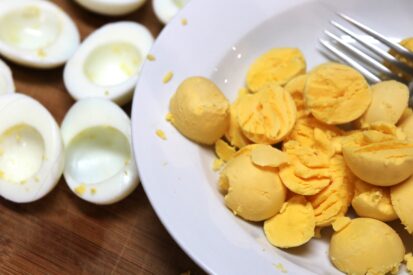
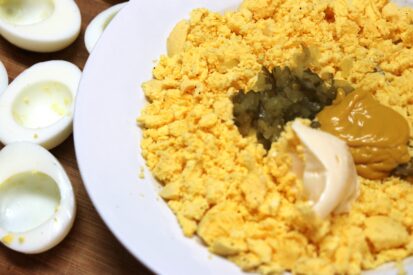
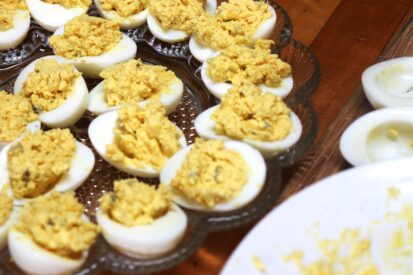

Deviled Eggs
Ingredients
- 1 dozen large eggs
- salt and pepper
- 1-2 T. dill pickle relish
- 2 T. mayonnaise
- 1-2 T. yellow mustard
- paprika for dusting
- parsley for garnish, optional
Instructions
- Carefully place the eggs in a pot large enough to hold them comfortably in a single layer. Fill the pot with cold tap water, covering the eggs by an inch. Bring the eggs to a boil over high heat. As soon as the eggs begin to boil, turn the heat to low, cover the pot, and time 14 minutes.
- When the timer goes off, quickly drain the eggs. Shake the eggs briskly in the empty pot to crack them all over. Run cold tap water over them until the water the eggs are sitting in is cool. Carefully peel the eggs. You may find they peel easiest under the water, or with cold water running over them.
- Slice the eggs in half and put the yolks in a bowl, reserving the whites. Add salt and pepper to taste and mash the yolks with a fork. Fold in the pickle relish, mayonnaise, and mustard, combining well.
- Using the fork, fill the whites generously with the yolk mixture. You will probably have a couple of extra whites, and that's okay. Dust with paprika and serve chilled.
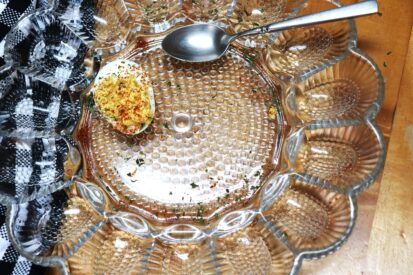
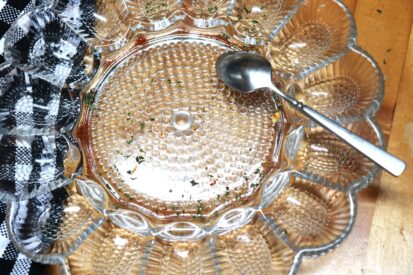

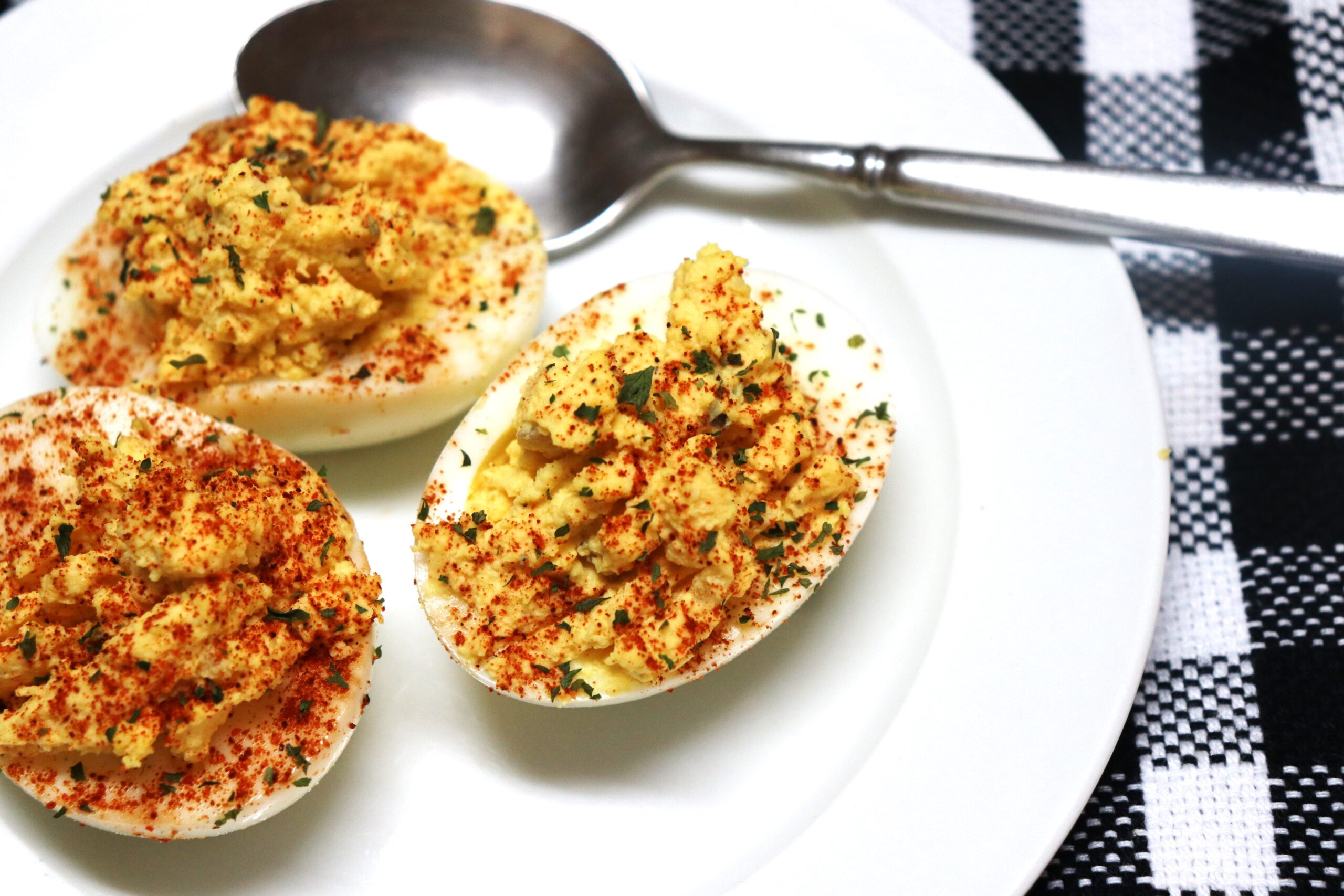
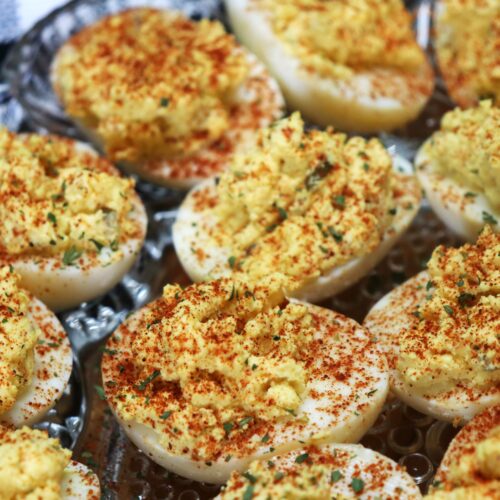












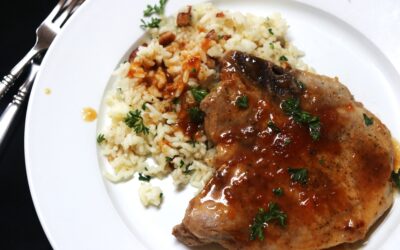
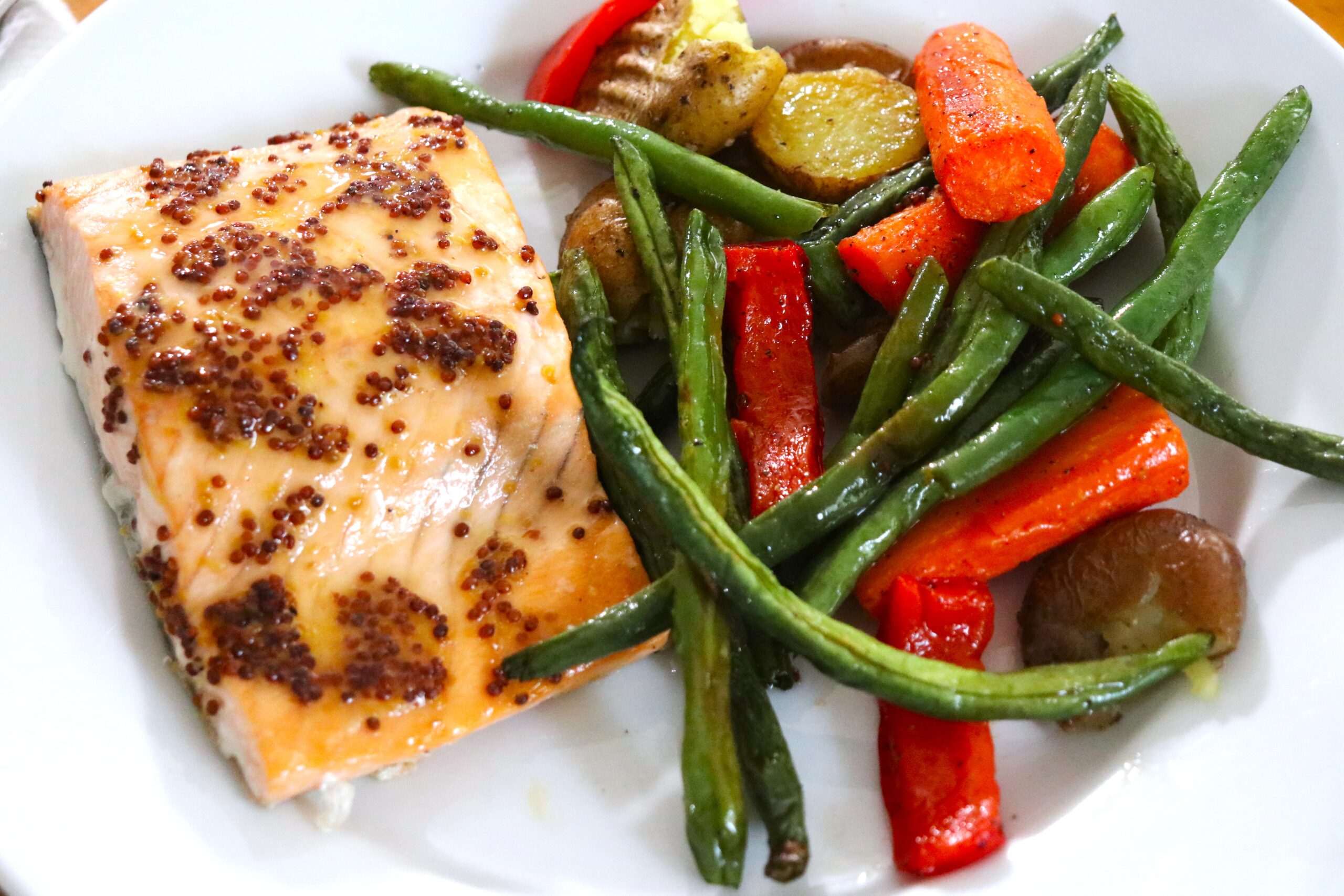
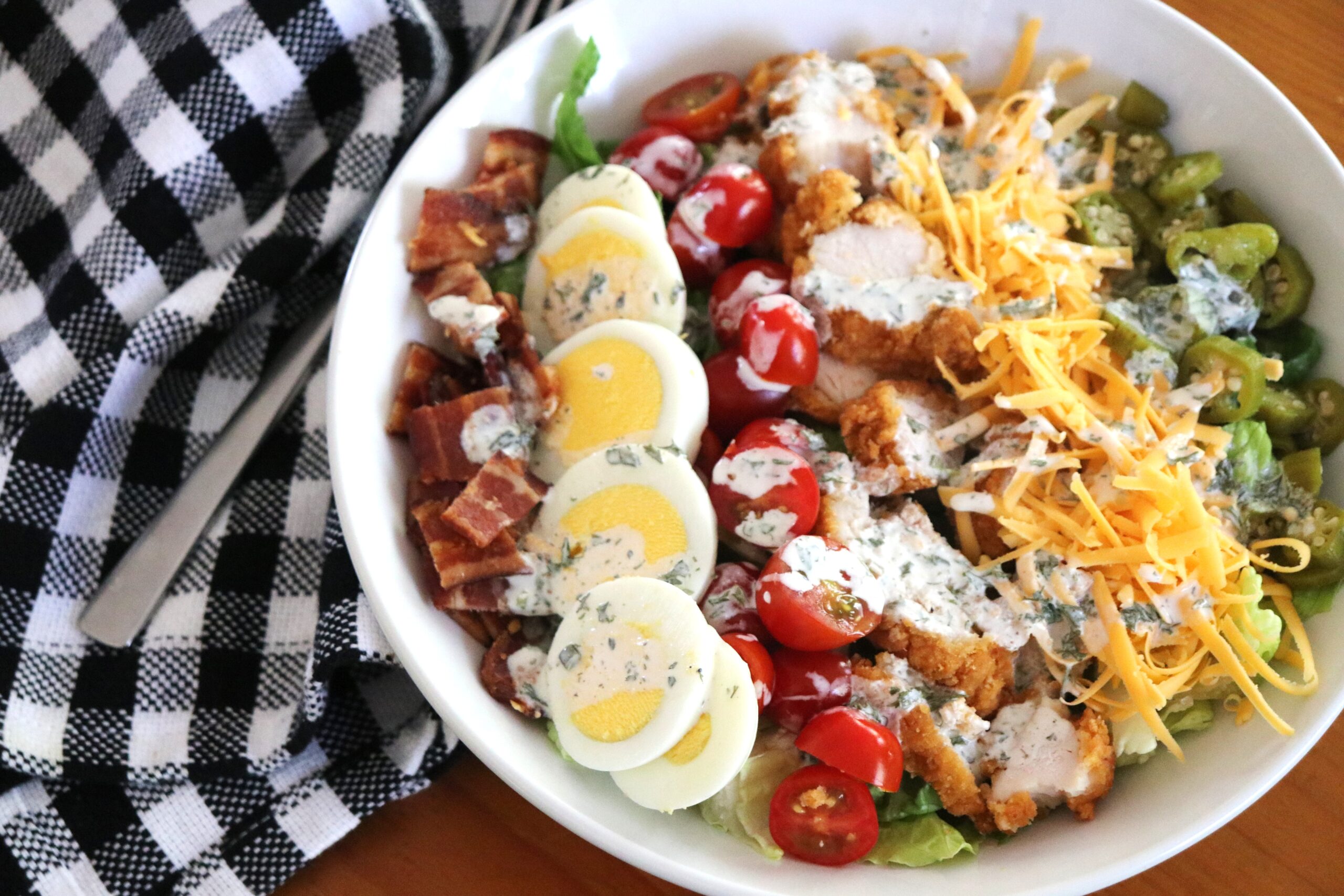

0 Comments
Trackbacks/Pingbacks